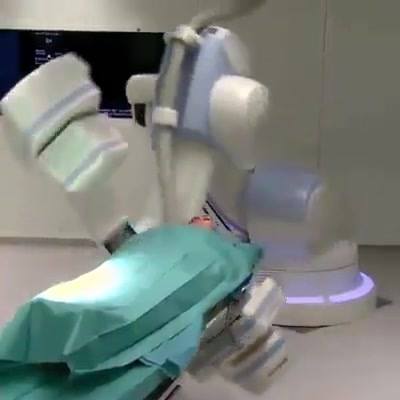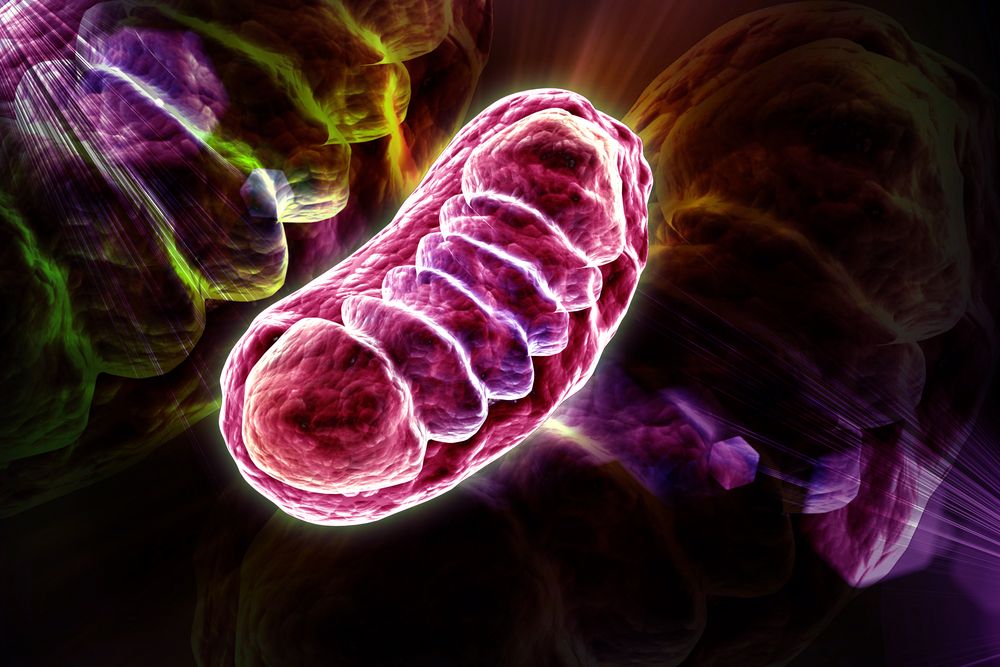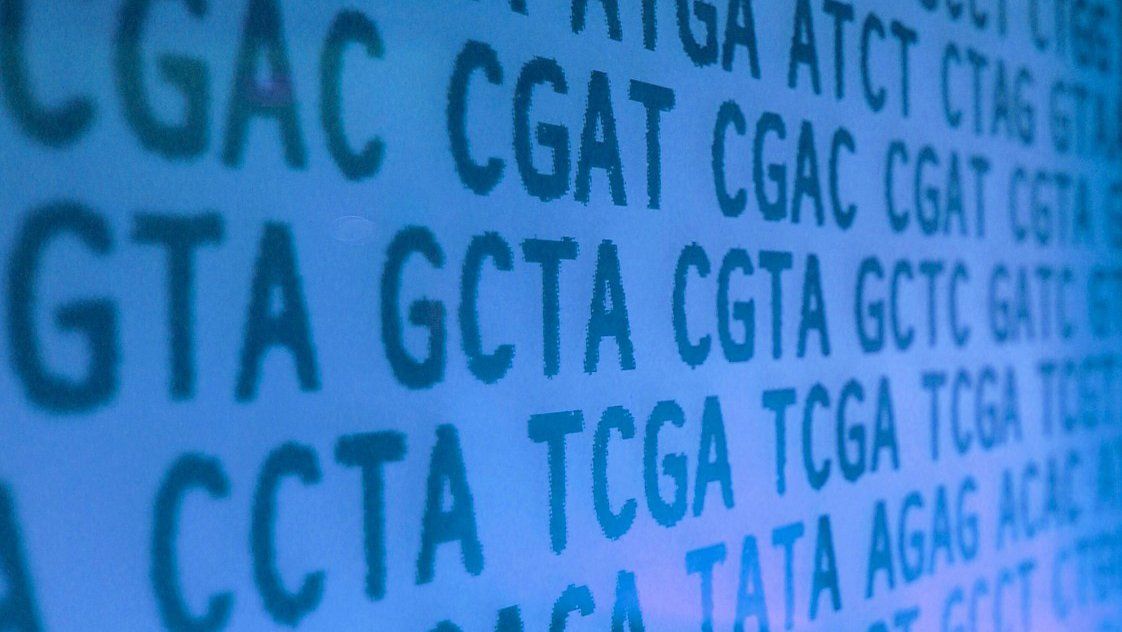Page 10376
Jan 10, 2018
Tesla Powers Up New York Gigafactory Solar Roof Assembly Line
Posted by Genevieve Klien in categories: Elon Musk, sustainability, transportation
Tesla Inc. has kicked off production of its long-awaited electricity-producing shingles that Elon Musk says will transform the rooftop solar industry.
Jan 10, 2018
Augmented Reality in Medicine
Posted by Shailesh Prasad in categories: augmented reality, biotech/medical
Jan 10, 2018
Two qubit silicon gate has been created
Posted by Roman Mednitzer in categories: computing, quantum physics
Researchers at Princeton University have constructed silicon hardware that can control quantum behaviour between two electrons with extremely high precision.
The team constructed a two qubit gate that controls interactions between the electrons in a way that allows them to act as the qubits necessary for quantum computing. The demonstration of the gate is being seen as an early step in building a more complex quantum computing device from silicon.
The gate was constructed by layering aluminium wires onto a highly ordered silicon crystal. The wires deliver voltages that trap two single electrons, separated by an energy barrier, in a double quantum dot.
Continue reading “Two qubit silicon gate has been created” »
Jan 10, 2018
Alzheimers Drug Turns Back the Clock in Mitochondria
Posted by Steve Hill in categories: biotech/medical, life extension, neuroscience
J147 is an experimental drug that has been shown to treat Alzheimer’s disease, and it also appears to reverse some aspects of aging. It is also poised to enter human clinical trials in the near future, although how it works has been somewhat of a puzzle.
A new study published in the journal Aging Cell has changed all that, and the results are quite intriguing[1]. Researchers at the Salk Institute have solved the mystery of how J147 works and why it makes old flies, mice, and cells more youthful.
Jan 10, 2018
AI can warn researchers where CRISPR might make a mistake
Posted by Klaus Baldauf in categories: biotech/medical, robotics/AI
Microsoft has built an AI tool that predicts the accuracy of CRISPR so that researchers can avoid making incorrect edits of DNA.
Missing the target: CRISPR uses two components: a cutting protein and a guide RNA that directs it to the part of a genome you want to cut. The guide RNA is about 20 letters long. Problem is, multiple sites in a genome can have the same series of letters, so CRISPR could snip the wrong section—known as an “off target” effect.
Why that matters: Off-target effects are one of the biggest safety concerns with CRISPR. Making incorrect cuts in a genome could, say, switch on a cancer-causing gene.
Continue reading “AI can warn researchers where CRISPR might make a mistake” »
Jan 10, 2018
What’s it made of? Part II: Supra-local Supermaterials
Posted by Klaus Baldauf in category: futurism
A blog dedicated to helping Science Fiction authors create and discuss worlds where a realistic setting can still serve the fiction.
Jan 10, 2018
Bill Gates: What Gives Me Hope About the World’s Future
Posted by Derick Lee in categories: computing, neuroscience
What are some of the things you don’t think machines are ever going to be able to do? Computers are still very weak when it comes to understanding. They can’t process a textbook and use the knowledge the way humans do. But that’s being worked on. There’s no real problem- solving limit to what can be done. Understanding what does it mean in terms of consciousness or anything like that, I know that the software won’t be in that realm at all. But it will be an incredible problem solver.
Microsoft founder Bill Gates spoke with TIME’s Nancy Gibbs about looking forward and what makes him optimistic about the future.
Jan 10, 2018
A New Hypothesis Suggests That Parallel Universes Might Interact after All
Posted by Shailesh Prasad in categories: cosmology, quantum physics
A new conception of quantum mechanics rests on the idea that parallel universes exist, and that they interact with our own to create weird and wonderful quantum phenomena.
















